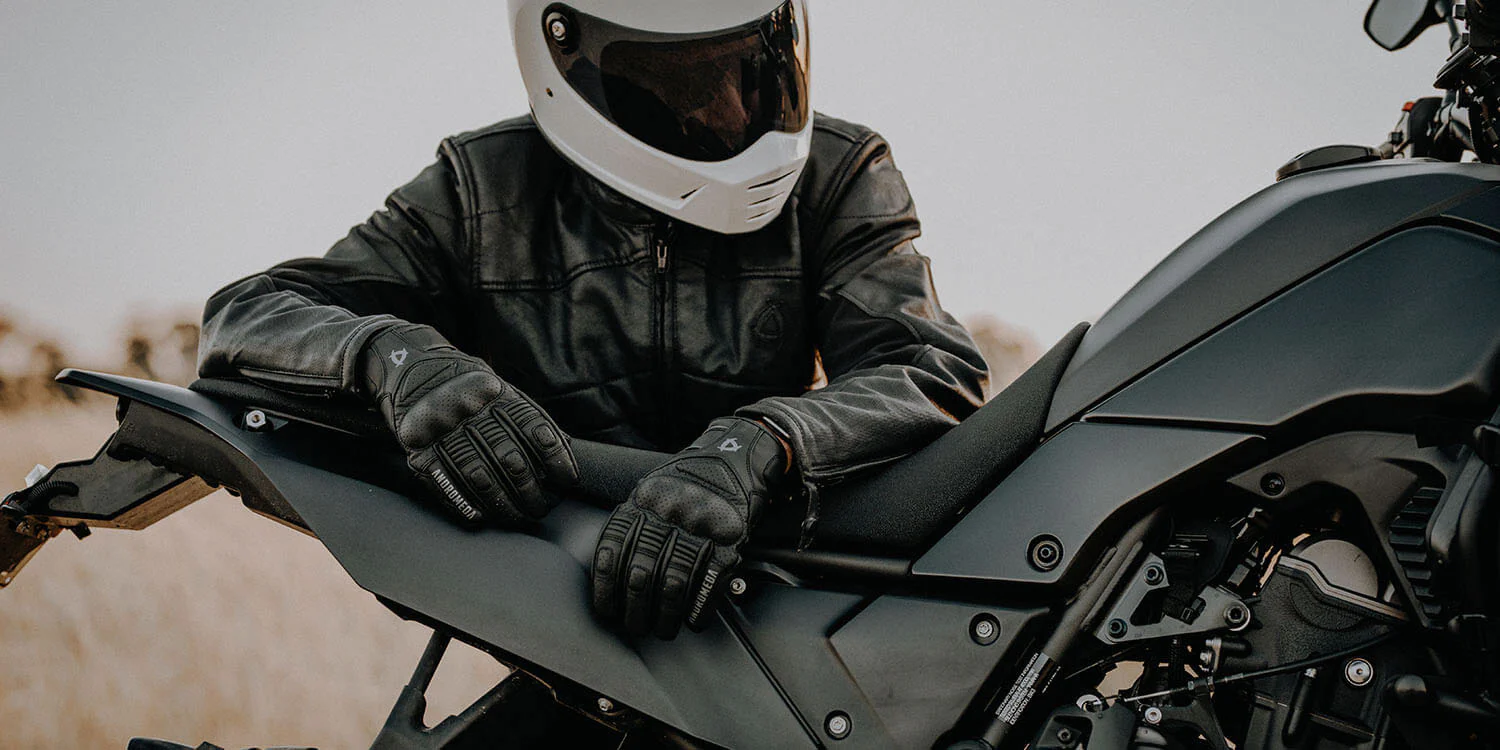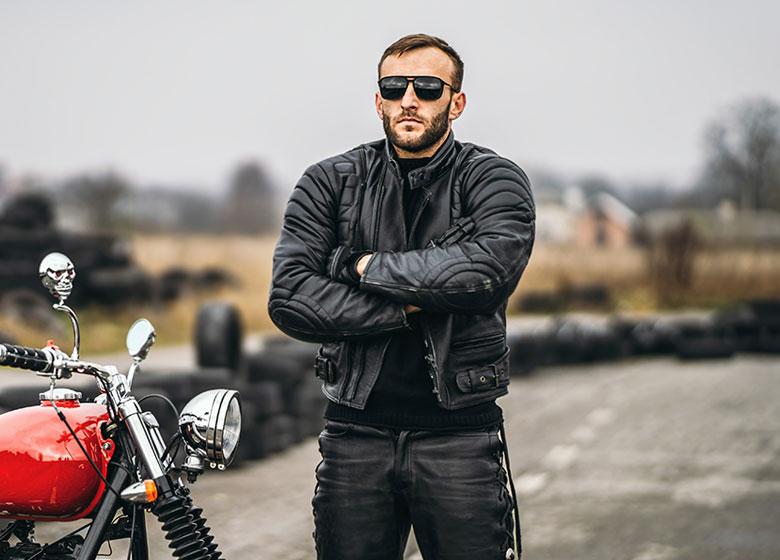Mar 13, 2024
Motorcycle Clothing
Gearing Up for the Ride: A Guide to Motorcycle Clothing
Motorcycling offers an exhilarating experience of freedom and connection with the open road. However, safety remains paramount. Unlike a car’s metal cage, a motorcycle rider is directly exposed to the elements and potential hazards. This is where motorcycle clothing comes in – it’s not just about looking cool; it’s about protecting yourself.
Essential Motorcycle Gear
Every motorcycle rider needs a core set of protective gear. Here’s a breakdown of the crucial items:
- Helmet: This is the single most important piece of motorcycle clothing. A well-fitting, DOT-approved helmet significantly reduces the risk of head injury in an accident.
- Jacket: Leather jackets offer excellent abrasion resistance, but textile jackets with armored padding are a good alternative. Look for jackets with CE-approved armor at the shoulders, elbows, and back.
- Pants: Similar to jackets, leather or textile pants with armor provide crucial protection. Consider pants with knee pads and optional hip protection for added safety.
- Gloves: Protect your hands from abrasions and impacts with motorcycle-specific gloves. Look for gloves with good knuckle protection and a comfortable fit.
- Boots: Sturdy motorcycle boots offer ankle protection and a good grip on the motorcycle’s controls. Avoid wearing loose-fitting boots that could get caught in the footpegs.
Choosing the Right Motorcycle Clothing
When selecting motorcycle clothing, prioritize safety first, followed by comfort and personal style. Here are some additional factors to consider:
- Climate: Mesh jackets are ideal for hot weather, while leather or textile jackets with a thermal liner provide warmth in colder climates.
- Riding Style: Sportbike riders may prefer a more form-fitting jacket, while touring riders might opt for a jacket with more pockets and ventilation.
- Fit: Motorcycle clothing should fit snugly but allow for comfortable movement. Avoid loose clothing that could flap in the wind or bunch up in a crash.
- Visibility: Consider incorporating reflective elements or high-visibility clothing to enhance your visibility to other motorists.
Beyond the Basics: Additional Motorcycle Gear
Once you’ve got the essentials covered, you can explore additional motorcycle gear for enhanced comfort and safety. Here are some popular options:
- Back Protector: Many jackets have built-in back protection, but a separate back protector provides additional security for your spine.
- Base Layers: Moisture-wicking base layers help regulate body temperature and keep you dry during rides.
- Neck Gaiter: Protects your neck and face from wind, dust, and insects.
- Rain Gear: A good quality rain suit ensures you stay dry on unexpected downpours.
- Luggage: Tail bags, tank bags, and saddlebags offer storage space for essentials and gear on longer rides.
Caring for Your Motorcycle Clothing
Proper care extends the lifespan of your motorcycle clothing and ensures it provides optimal protection. Here are some tips:
- Cleaning: Follow the manufacturer’s instructions for cleaning your leather or textile gear. Avoid harsh chemicals and excessive water exposure.
- Conditioning: Leather jackets require regular conditioning to maintain their suppleness and water resistance.
- Storage: Store your motorcycle clothing in a cool, dry place away from direct sunlight.
Conclusion: Invest in Yourself, Invest in Safety
Motorcycle clothing is an investment in your safety and well-being. By prioritizing quality protective gear, you’ll be better prepared to handle the unexpected on the road. Remember, looking good is a bonus; feeling safe is the ultimate goal. So, gear up responsibly, and enjoy the ride!
More Details